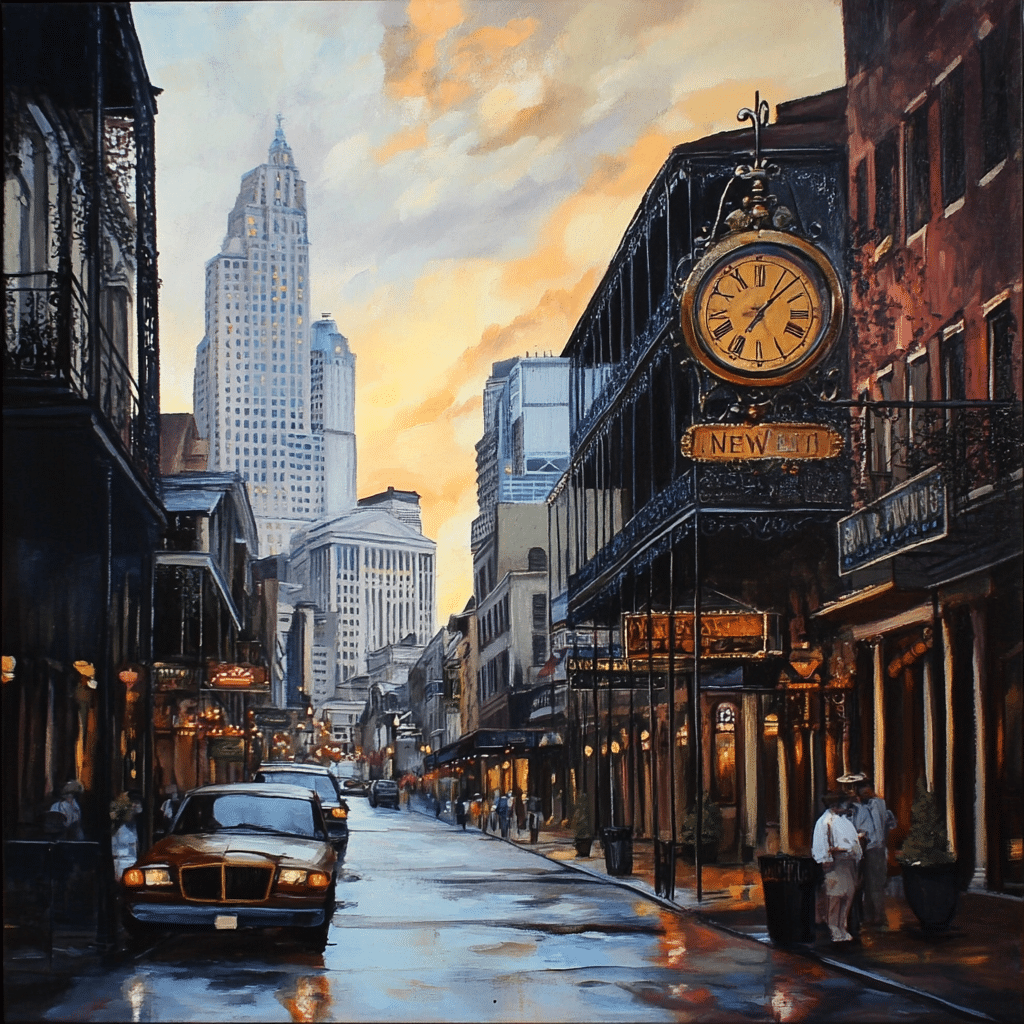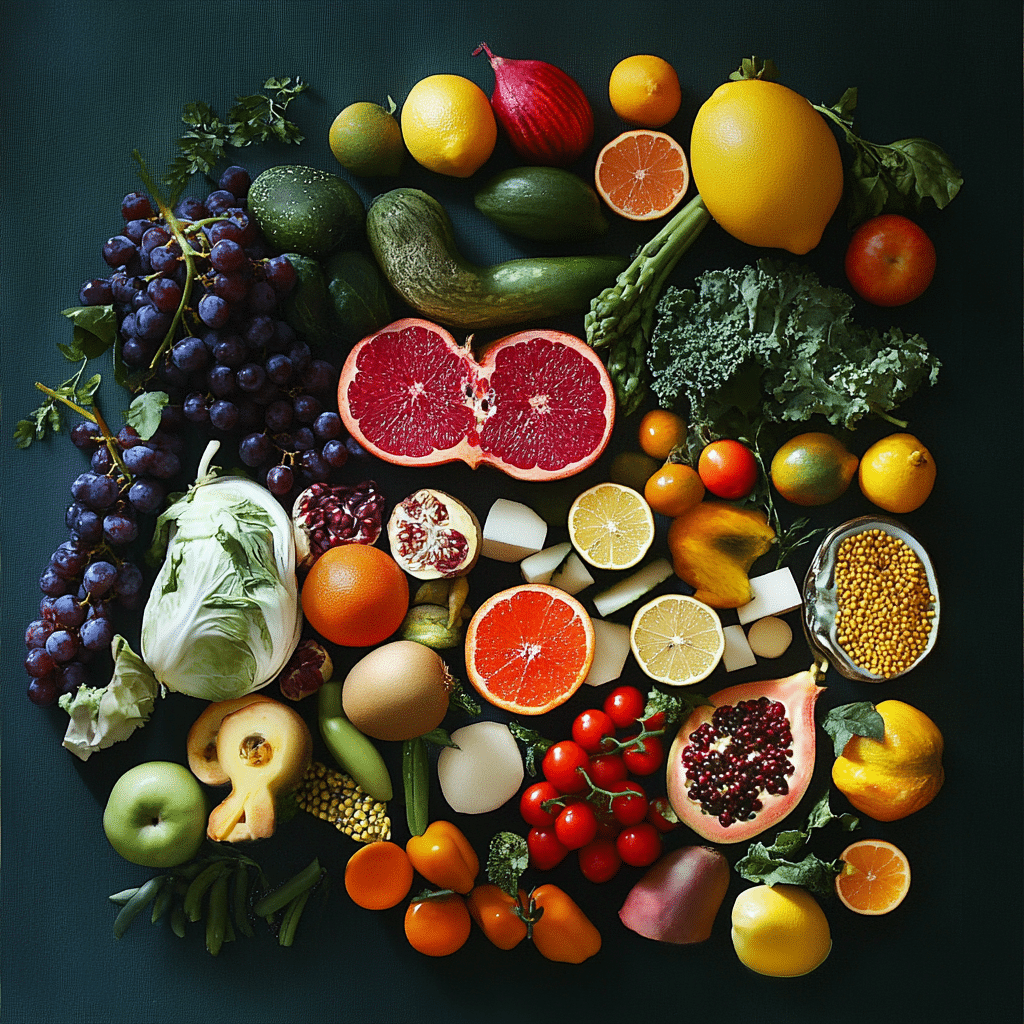Hong Kong Chinese culture isn’t just a facet of the city; it’s a blend of rich traditions, colonial history, and modern influences that create a vibrant dining and cultural experience. In a place where old meets new, where street markets stand side by side with sleek skyscrapers, the identity of Hong Kong Chinese is woven together from various ethnicities and lifestyles. This lively metropolis acts like a canvas, merging ancient Chinese customs with elements from the West. You’ll understand more about the history, key cultural practices, and the artistic expressions shaping the Hong Kong Chinese identity.
The Historical Context of Hong Kong Chinese Culture
So, how did Hong Kong arrive at this crossroads of tradition and modernity? The city’s history is marked by British colonial rule, which introduced Western ideals and culture. This mashup didn’t just influence the political landscape—it shaped the local dialects, customs, and cuisines as well. Traditional elements, such as family values and ancestral worship, still hold immense significance. You’ll find the spirit of generations carrying on in homes, where parents pass down customs and recipes, preserving the cultural essence that’s often hard to capture in contemporary society.
Language and Arts as Defining Features
Language plays a vital role in framing the Hong Kong Chinese culture. Cantonese is more than just a means of communication; it’s a key ingredient in the cultural recipe. The use of idioms, poetry, and expressions reflects the city’s collective identity. Similarly, arts and performances like Cantonese opera or street performances bring vibrancy and life to everyday interactions. These art forms whisper tales of struggles, joys, and the collective memory of a people. You’ve got to experience it firsthand to grasp how deeply rooted these aspects are in the fabric of daily life.
Top 7 Hong Kong Chinese Dishes You Must Try
When you think of Hong Kong Chinese cuisine, think variety and depth! The flavors are complex and every dish tells a story, making it impossible to list just a few. Here’s a round-up of seven must-try dishes that capture the essence of a true Hong Kong kitchen experience.

A Culinary Journey Through Hong Kong Chinese Restaurants
When it comes to dining in Hong Kong, the scene is vast and varied. From high-end restaurants boasting Michelin stars to charming street-side stalls, the variety caters to every palate.
The Michelin-Starred Experience
Lung King Heen is one such Michelin-starred destination that elevates Hong Kong Chinese cuisine. You’ll find exquisite dishes crafted with seasonal ingredients, presenting a sophisticated twist on traditional recipes. Dining here is not just about eating; it’s an experience that reflects the artistry of top chefs.
But let’s not gloss over the treasures found in street-side stalls. You’ll often catch the locals lining up for their favorite comfort food, crafting delicious meals on the go. The beauty lies in these simpler experiences where flavors burst forth at a fraction of the price. Each stall tells a story of the community it serves.
Evolving Dining Trends
The restaurant landscape in Hong Kong also embraces a shift towards fusion and innovation. With restaurants looking to blend global flavors with local ingredients, the Hong Kong kitchen becomes a playground for culinary experimentation. This evolution draws in tourists and locals alike, looking to explore new tastes without losing touch with tradition.
The Impact of Internationalization on Hong Kong Chinese Cuisine
Internationalization has taken a toll on many traditional culinary practices, and it shows in various dining trends today. With establishments like Hong Kong Express paving the way for fast-casual dining, the foundations of traditional Hong Kong Chinese food are being shaken, but is that so bad?
The Rise of Fast-Casual Dining
Fast-casual spots have become increasingly popular, especially among millennials desperate for quick yet authentic flavors. This trend demonstrates how the newer generation is carving out their culinary space while holding onto the essence of what makes eating in Hong Kong special.
Emerging Trends in Dining Culture
On the flip side, this rapid change also indicates a necessity to cater to a global audience. Hong Kong Chinese cuisine has given way to dishes tailor-made for a diverse crowd, merging familiar tastes with adventurous new flavors.
Keeping the Authentic Spirit Alive
Despite these changes, many restaurants are sticking to their roots. It’s crucial not to lose sight of tradition when adapting to modern culinary landscapes. This balancing act is one that both locals and visitors watch closely.

The Role of Home Cooking in Preserving Tradition
Although restaurant culture thrives, home cooking remains the heartbeat of Hong Kong Chinese life. The kitchen is a sacred space where families connect and share culinary legacies.
Family Recipes Passed Down through Generations
Home cooks emphasize the importance of family recipes, often held dear to their hearts. Recipes are passed down like treasured heirlooms, often infused with personal stories and unique twists. You’ll see how these dishes create a sense of belonging that modern eateries can’t replicate.
Culinary Heritage and Neighborhood Bonding
In many local communities, cooking together fosters connection among families and neighbors. People gather to prepare big meals for festivals or family celebrations. These moments highlight how food signifies more than sustenance; it’s a thread connecting social lives.
Nostalgia and the Modern Kitchen
However, as younger generations embrace fast lifestyles, some fear that cherished traditions may fade. Nevertheless, many young people still relish the comfort of home-cooked meals with family, ensuring that these recipes stay alive well into the future.
The Future of Hong Kong Chinese Cuisine
Looking forward, the culinary landscape of Hong Kong Chinese cuisine is ripe for innovation. With mounting interest in sustainability and health, expect exciting changes in the coming years.
Fusion Dishes Take Center Stage
Fusion dishes are already a hot trend, merging Japanese, Korean, and Western influences with traditional Hong Kong flavors. Imagine tasting a ramen-meets-wonton noodle dish, satisfying both the old and the new generations.
Plant-Based Alternatives in Traditional Recipes
Health-conscious folks are increasingly seeking plant-based alternatives. Restaurants are starting to offer vegetarian versions of beloved classics, such as jackfruit char siu. This shift reflects a broader global trend toward plant-based diets, shaping how users perceive traditional dishes.
Sustainable Sourcing Practices
Further, sustainability in sourcing ingredients will likely gain traction. More chefs are aware of their environmental responsibilities and are starting to select local produce and sustainable seafood. This movement will contribute to a more conscientious dining experience, focusing on quality and environmental impact.
Wrapping It Up: The Cultural Resonance of Hong Kong Chinese Cuisine
In a nutshell, Hong Kong Chinese cuisine is a vivid story told through flavors. Each dish is interwoven with cultural narratives that echo the history, traditions, and evolution of a people.
As we step into 2024, the challenge remains to balance innovation with time-honored traditions. It’s within this dance of flavors that the spirit of Hong Kong Chinese culture resides, ready to enchant both locals and visitors alike. Embracing change while cherishing what’s come before ensures that the culinary legacy of this dynamic city continues to thrive, fulfilling cravings all over the globe.
Whether you are diving into a steaming bowl of wonton noodles or enjoying the simplicity of a dim sum feast, every bite is a reminder of how food defines our communal identity. So, why wait? It’s time to explore the rich tapestry of Hong Kong Chinese culture and flavors for yourself.
Hong Kong Chinese: A Tasty Tapestry
Culinary Puzzle Pieces
The culinary scene in Hong Kong is a colorful tapestry woven from various influences, reflecting its diverse history. For instance, did you know that the city is a hotspot for unique coffee culture? It’s often said that if you want a glimpse of this, you might find it in the limited-edition designs of Starbucks cups, which are often inspired by the vibrant local culture. The city’s food landscape isn’t just about traditional dim sum; it’s also a hub for inventive dishes like pho tai, which blends Vietnamese flavors with local ingredients to create something truly special.
Thriving Entertainment and Sports
While dining is key to the Hong Kong Chinese experience, the city is buzzing with entertainment too. Catching a glimpse of a local drama or a trending show can truly illustrate this. Speaking of excitement, sports fans are prepping for the T20 World Cup 2025, which is set to bring an electrifying atmosphere and a mix of cultures, much like the bustling streets of this vibrant city. After enjoying a game, you might just fancy stopping for traditional street food, where the flavors are as dynamic as the latest season of your fave show—like Outer Range Season 2—keeping you on the edge of your seat!
Nature-Nurtured Connections
Interestingly, Hong Kong’s rich biodiversity also plays a role in its cultural offerings. Take, for instance, the quirky swallowtail caterpillar. Besides being a fascinating creature to encounter in local parks, its transformation mirrors Hong Kong’s cultural evolution over the years. The city’s ability to blend the ancient with the modern extends to how locals embrace nature amid the urban jungle. As you indulge in a bowl of noodles or a plate of roast meats, think of how each dish has evolved over time and reflects the changing tastes of locals and visitors alike.
In a land that melds flavors, culture, and fun, there’s always something new to discover. Whether it’s savoring the rich history of your meal or marveling at local oddities, the Hong Kong Chinese experience is a journey worth taking. So, why not dive in and enjoy every delightful bite?






















